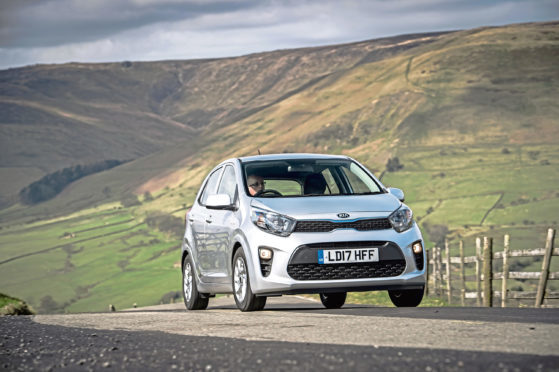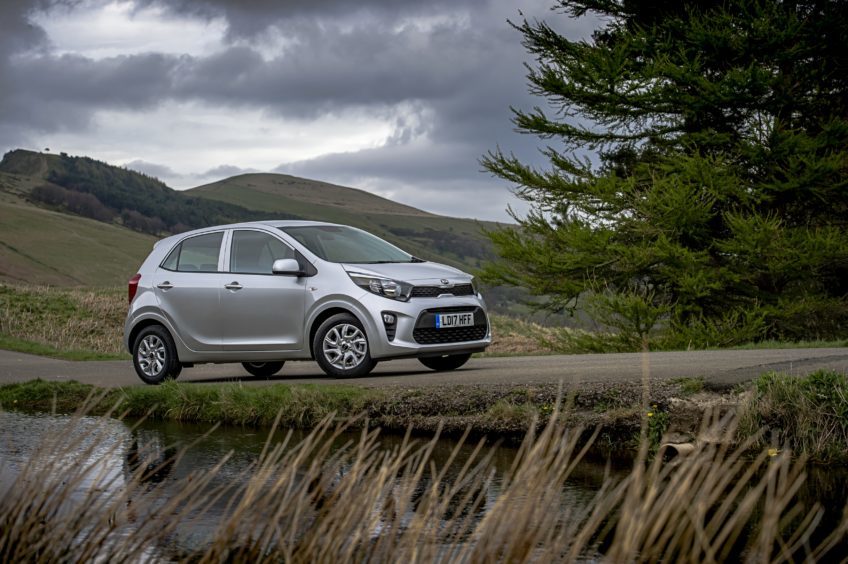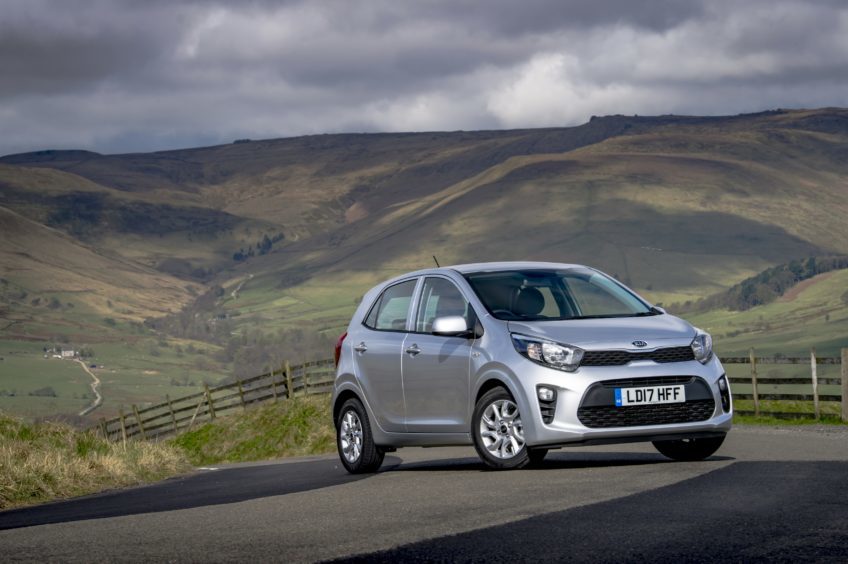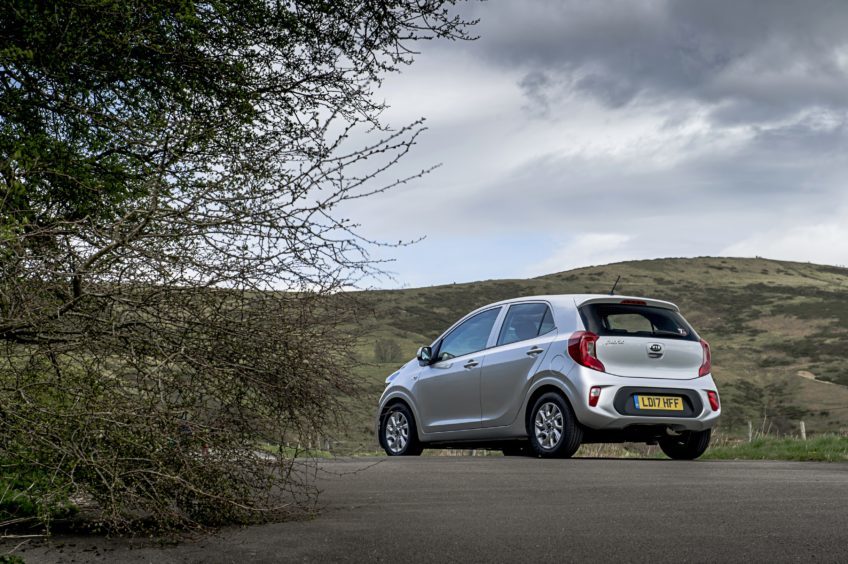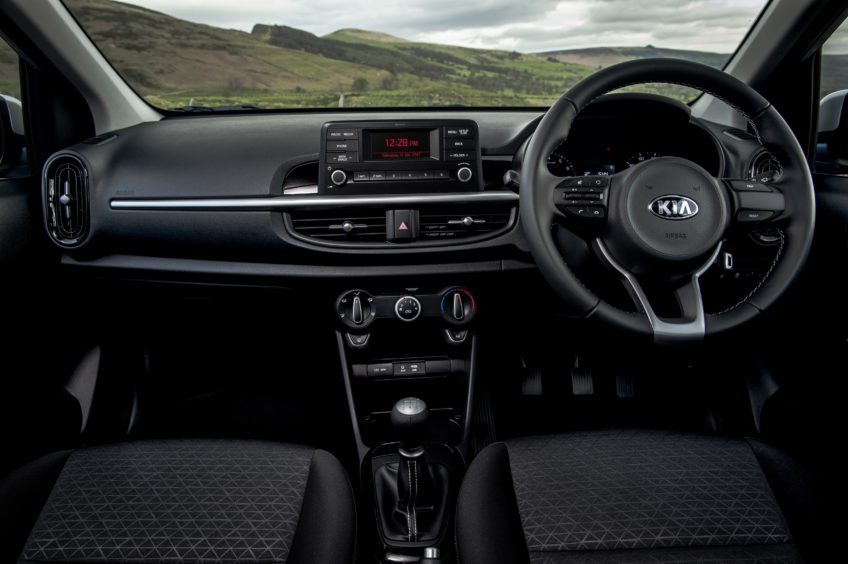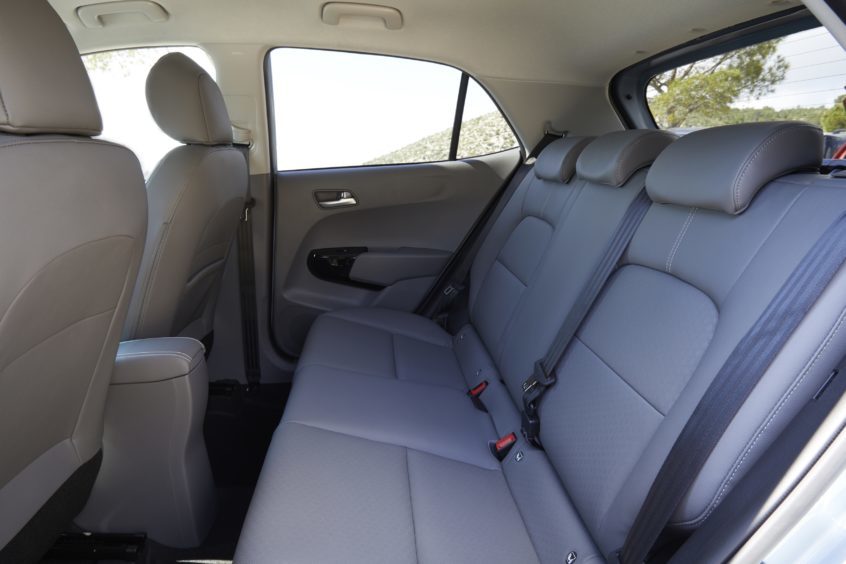It seems hard to remember when Kia made cheap and drab cars, but the first Picanto was one such model.
The second generation, released in 2011, was a huge leap forward, and the new third generation improves the winning formula even more.
It’s just as well: the city car market has become super competitive. Volkswagen, Skoda, Seat and Hyundai are among the manufacturers happy to take buyers’ money if Kia’s product couldn’t match up to theirs. Fortunately for Kia, the latest Picanto is excellent.
For a start it’s more practical than the Volkswagen Up and its sister cars, Skoda’s Citigo and Seat’s Mii.
The new model gets Kia’s now-distinctive “tiger nose” grille, which gives an assertive edge to the car’s generally pleasing design. The three door model has been ditched, and only the more practical five-door model is now offered.
Two engines are available, a 66bhp 1.0-litre three-cylinder, and an 83bhp 1.25-litre four cylinder.
Kia makes its trim levels easy to follow: they’re simply named 1,2 and 3. One of the best things about the Picanto is you can spec it with big car luxuries.
A reversing camera, cruise control, automatic headlights and wipers, autonomous emergency braking, hill start control and a tyre pressure monitoring system were among the goodies fitted to my “3” spec car.
In addition to these three trims, buyers can now opt for sporty GT-Line versions or an SUV-styled X-Line model.
Prices start below £10,000 and even a top spec GT-Line S model with every available extra can be had for around £14,000. That’s good value, especially given the Picanto gets Kia’s exceptional seven-year, 100,000 mile warranty.
The Picanto’s a zesty little thing to drive. It’s designed for city life and that’s where it thrives best: a tight turning circle and feather-light steering make it a pleasure to tackle traffic in.
As is the case with the Hyundai i10 and VW Up, however, the Picanto’s better than you’d expect out of town.
Things get a little noisy at motorway speeds but on A and B roads it’s perfectly comfortable. I drove the 1.25 litre model and found its 83bhp more than up to the task of thrusting the titchy car along.
The inside is surprisingly roomy given the car’s modest external dimensions. Smaller adults can fit in the back and the 255 litre boot is the best in the city car class. Fold the rear seats down and there’s a useful 1,010 litres of space.
Well packaged, keenly priced and with Kia’s reputation for reliability, the latest Picanto is one of the very best city car choices.
jmckeown@thecourier.co.uk
